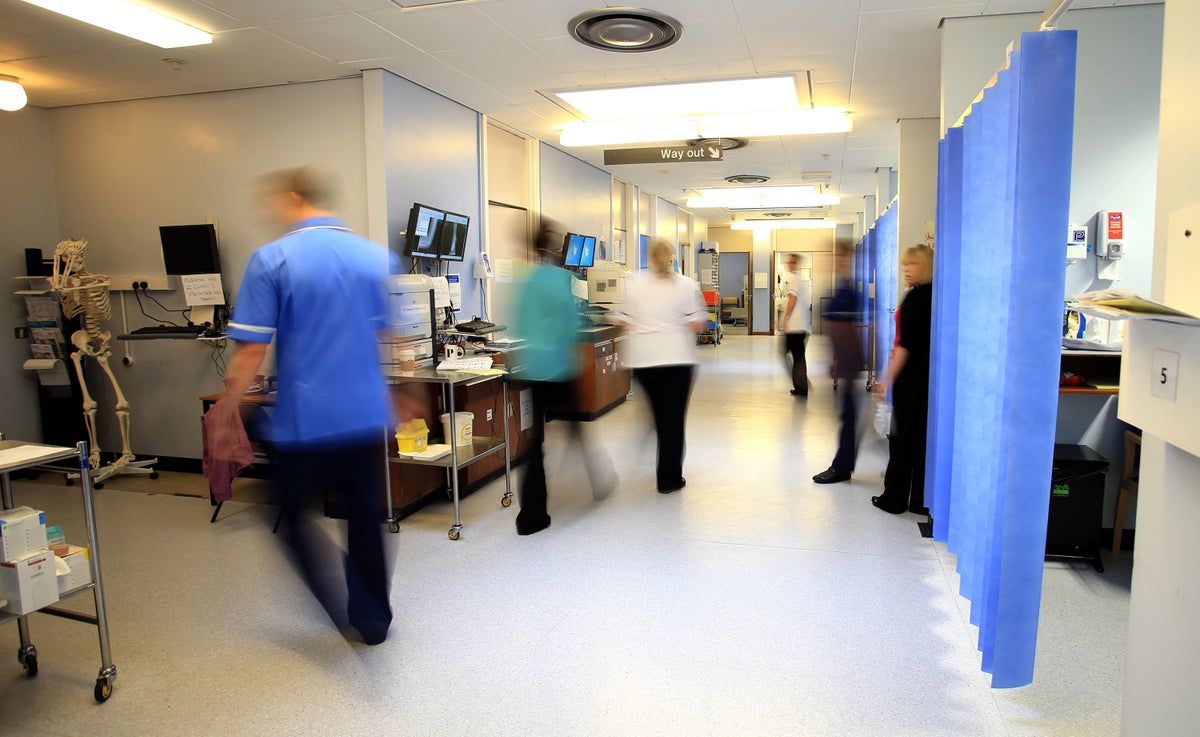
The NHS will start publishing “hidden” figures on A&E waiting times following several leaks reported by The Independent.
After unveiling its emergency care plan on Monday, NHS England confirmed it would release internal data each month - currently only made public once a year - showing how many people are waiting for longer than 12 hours after arriving at an emergency department.
The Independent has published several leaks of this data, which shows that these waiting times can be up to five times higher than publicly available NHS figures. Official monthly figures only count the number of hours patients wait after a decision to admit them has been made, and so mask the true scale of the problem.
The move comes after health secretary Steve Barclay said the NHS would, from April, publish this “real” number in a bid for “greater transparency.”
Writing in The Telegraph, he said: “Too much of the debate about A&E and ambulance services is based on anecdotal evidence. I want NHS managers and the wider public to have access to the same facts from the front line, starting with publishing the number of 12-hour waits from the time of arrival in A&E from April.”
The Royal College of Emergency Medicine’s president Dr Adrian Boyle said it was a “huge win” for patients and staff to know that the data will be published.
In December, current public data showed that 50,000 people across the whole month waited 12 hours from the time a decision to admit them had been made to being seen. However, the true data showed 50,000 people in a single week had actually waited more than 12 hours from when they arrived in A&E.
The Royal College of Emergency Medicine, which has been campaigning for the figures to be regularly published, previously said the published figures were a “fundamentally dishonest” way of reporting A&E waits.
And in a report on 19 January, the Lord’s Public Services Committee also called for the data to be published by the NHS.
It came as the NHS England and the government unveiled a new plan to tackle the crisis across emergency care services. Speaking about the plan during the visit to County Durham, prime minister Rishi Sunak promised it would deliver “the largest and fastest-ever improvement in emergency waiting times in the NHS’s history”.
Mr Sunak also pledged to fix ambulance delays and the crisis in A&E, though critics have said serious questions remain around the number of staff needed to improve NHS care.
Estimates have suggested these long A&E waits are contributing to the deaths of 500 patients a week.
NHS England, meanwhile, said it will use £1 billion to increase beds within the NHS by 5,000 for next winter, as well as to pay for 800 new ambulances and 100 specialist mental health ambulances. According to reports in the HSJ, 4,000 of these beds are already in place across hospitals with many in “inappropriate” areas such as corridors or “side rooms.” NHS England has been contacted for comment.
The new A&E plan also promises to expand NHS services within the community, which includes greater use of “virtual wards”.
In a move to increase the use of NHS 111 services, NHS England also said it will launch a campaign to get retired NHS clinicians to work within the service. It also said by April 2024 urgent support for mental health patients will be “universally available.”
Last year The Independent revealed patients have been left waiting 12 hours for callbacks as NHS 111 service faces a crisis over surging demand.







